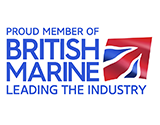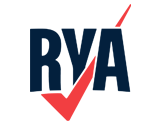-
Great school, fantastic skippers, and easy to reach from London! Really can recommend the weekend courses if you are busy working.
-Leonard Wossnig
-
Friendly but highly professional sail training, both shore-based and practical. Fred and the team are now my "go-to" RYA trainers of choice. After all, if you learn to sail in the Medway and Thames Estuary, in British weather, in February and March, you can probably sail anywhere!
-Gareth Draper
-
Positive: Communication, Professionalism, Quality, Value
100% recommended, good people dedicated, learnt a lot from Paul my instructor and Fred the boss.
-Richard Collis
-
Absolutely amazing experience. I took part in 2 days Milebuilder. Well prepared. It’s a pleasure to learn from such experienced people like Steve who was a skipper. Highly recommend and hope to return soon.
-Piotr Kurzawa
-
I've just come back from my first weekend for competent Crew and wow what a great experience. I definitely think I’ve got the sailing bug now. I was nervous before I started the course due to never sailing before. Also, I thought I'd be meeting people completely different from myself, and I wouldn't gel I am covered in tattoos and talk like someone from the cast of Harry brown 😂but everyone was sooo cool and the skipper big Steve was a proper lad and a great teacher! Spoke to us through the whole process, and he also allowed us to make mistakes and build our confidence to get it right. 👌
-David Barrett


